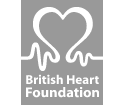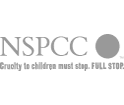The clean-eating movement has been a popular dieting trend for quite some time now. Although not clearly defined, it generally promotes eating more whole foods, fruit and vegetables, unrefined and unprocessed food. Sounds good right? Whilst it’s great that this diet promotes eating more fruit and vegetables, upon closer inspection it’s clear that clean-eating isn’t always as healthy as it seems. This diet strategy heavily revolves around restrictive eating patterns and the exclusion of foods that are seen as ‘unhealthy’, ‘impure’, or ‘dirty’, such as sugar, dairy, or foods containing gluten.1 The concept characterises food into groups of ‘good’ and ‘bad’ and creates this idea that food is something that should inflict feelings of guilt. These perceptions are frequently reinforced by media headlines describing foods or ingredients with emotive language (e.g. superfood, toxic, etc.).
Clean-eating diets can often contradict national guidelines for a healthy diet. The omission of certai...
Want to see the rest of this article?
Would you like to see the rest of this article and all the other benefits that Issues Online can provide with?
- Useful related articles
- Video and multimedia references
- Statistical information and reference material
- Glossary of terms
- Key Facts and figures
- Related assignments
- Resource material and websites

 The truth about ‘clean eating’
The truth about ‘clean eating’








